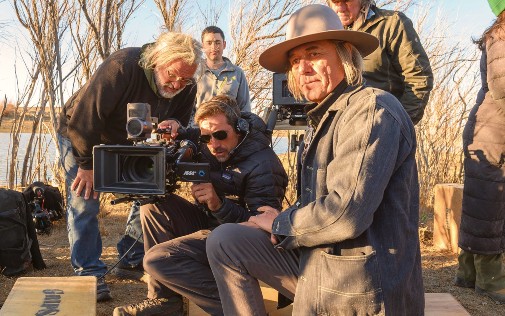
With News of the World nominated for the Best Cinematography Oscar, I started thinking about the relationship between the western and this particular craft and awards category. My relationship with the intrinsically American genre hasn't always been one of admiration, and for years I counted it among my least liked genres. However, some historical research and the watching of many fascinating classics made me reappreciate the possibilities of the western. I gained a new respect for its importance. The wondrous feats of cinematography had a lot to do with it…
Despite its conservative reputation, long since the war years, westerns have been the playground for cineastes willing to question societal precepts, filtering their subversion through a prism of classic Americana. The so-called 'revisionist western' has been here for a long time, and you can find it as far back as the filmography of John Ford, the man most responsible for crystalizing our idea of the classic western. When most mainstream Hollywood cinema was unwilling to question political apathy, racism, systematic lies of historical storytelling, some filmmakers have used the cover of historical fiction, cowboy hats, and blazing saddles to approach these themes.
On a more formalistic level, the genre has always had a taste for the outdoors that went against both the limitations of studio-bound filmmaking, and any corresponding economic limitations. The natural landscape is a great resource, allowing big productions and B-movies alike to find a home, a vehicle, a unique tool for visual splendor. It's also a mighty challenge, demanding that cinematographers adapt their craft to the wildness of natural light and rocky mountains carved in shadow. A good DP must understand how to light the actor to be in communion with their surroundings, or purposefully at odds, meshing the artifice of cinematic myth-making with the immaculate reality of the setting.
And that's not even acknowledging the demands of period aesthetic. Whenever a western is set in the historical past, there are many wooden salons, mighty farms, and oil-lit saloons to admire. The relationship between people and the spaces that surround them has always been a source of endless fascination. Unfortunately, televisual styles and a myopic emphasis on character-based storytelling sometimes mean the camera is too besotted by the actors' faces to notice anything else. Not so in the western. Even more modernized examples of the genre perpetuate a tradition of landscape cinema. One where a person is as defined by their environment as by their actions.
The sky, a celestial vaulted ceiling frescoed in bright blue and white wisps, makes for a superlative backdrop. It's a constant reminder of the human's essential smallness, of how people are temporary, but the land lasts for lifetimes. It's also an element that can be as beautiful as foreboding, depending on the filmmakers' visual twists. Whether in color or black-and-white, deep focus or soft glowing glamour, westerns are a genre where visual storytelling is as important as any textual or human narrative. It's a formalist's dream and a genre that's unassumingly open to experimentation as well as the shifting waves of culture and history. I'm still not the biggest western fan, but I've learned to love the genre.
As for the Academy, westerns have been nominated from the start, though not as consistently as one might think. The genre's B-movie reputation prompted AMPAS to keep their distance, though the cinematographers' branch always seemed more willing to accept these movies. That doesn't mean that there are no egregious snubs. For instance, how did High Noon and The Searchers miss Best Cinematography nods? Overall, I can count 32 western nominees, of which 8 won. Roughly 25% of westerns nominated for Best Cinematography take home the Oscar and, when multiple of such films are nominated in the same year, one of them tends to win. Just look at the 2007 and 2015 races.
Here's the victorious octet and some screencaps to illustrate their photographic beauty:
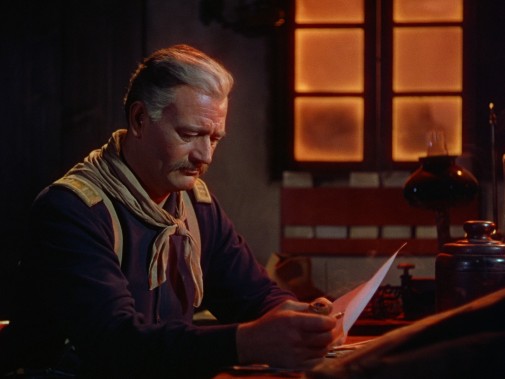
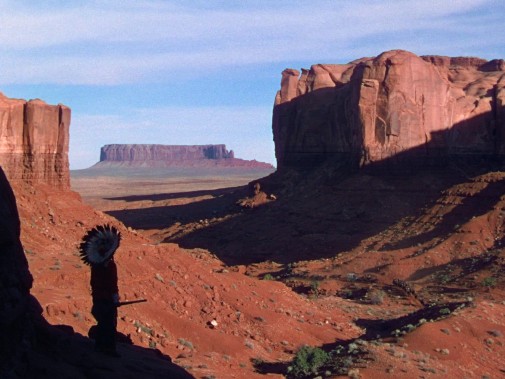
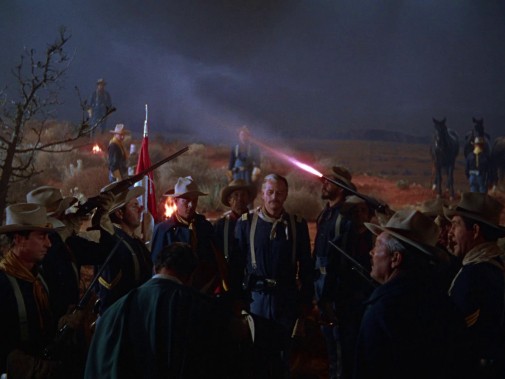
SHE WORE A YELLOW RIBBON (1949)
Cinematography by Winton C. Hoch
An autumnal take on the western, in love with the poetic scarlets of sunset and the deep shadows that cut through empty rooms, graveyards, battlefields.
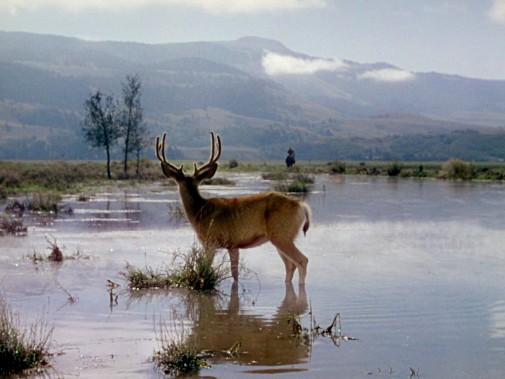
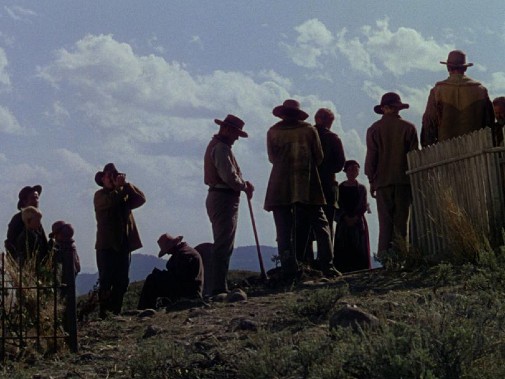

SHANE (1953)
Cinematography by Loyal Griggs
Melancholic blues - of the sky, water, and faraway snowy mountains - dominates this contemplative meditation on masculine violence, a world defined by aggression and bloodshed.
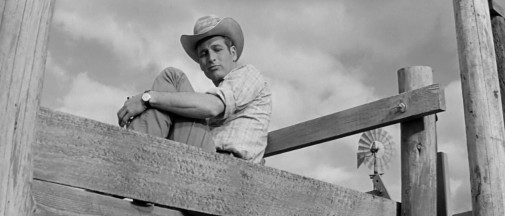
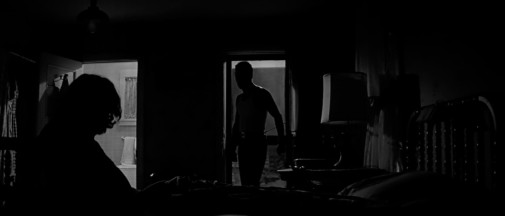
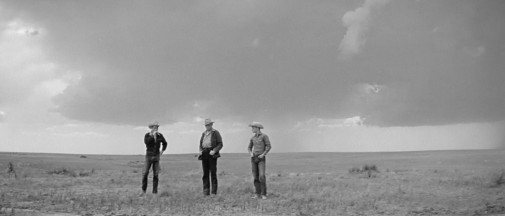
HUD (1963)
Cinematography by James Wong Howe
Howe was an expert at filming movie stars, and his talents are evident here. In silvery monochrome, Paul Newman has never looked more sensual or threatening, an elemental force as dangerous as any natural disaster.
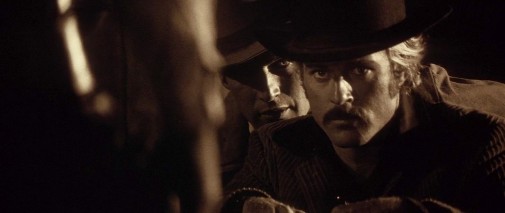
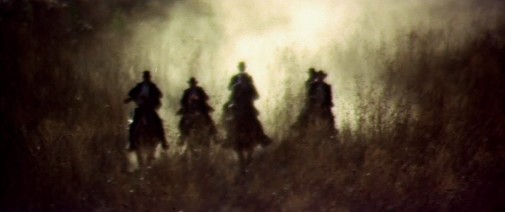
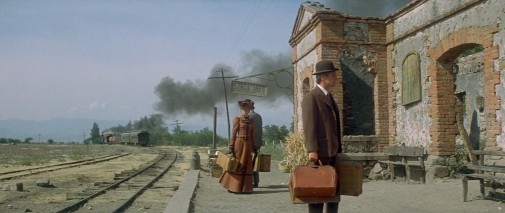
BUTCH CASSIDY AND THE SUNDANCE KID (1969)
Cinematography by Conrad Hall
Newman is shot more like a classic lead than threateningly elemental in this western. Indeed, Hall shoots the entire film through a lens of romantic nostalgia. The sepia prologue is fantastic to behold.
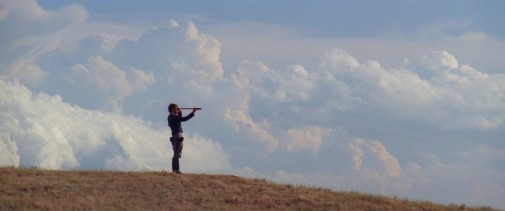
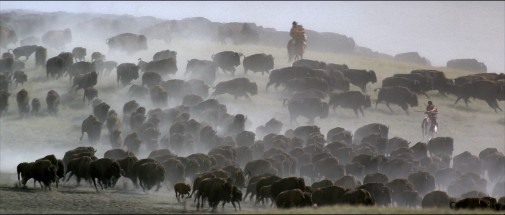
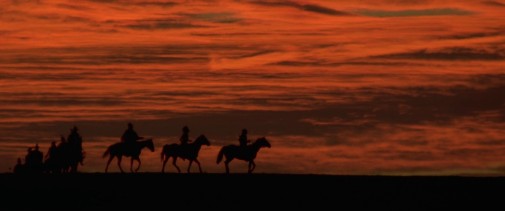
DANCES WITH WOLVES (1990)
Cinematography by Dean Semler
An epic lensing whose best weapon is how it marries and complicates the relationship between human and landscape. Mostly, I love its images of the horizon slashed by a body, a community, humanity as both separate and part of the surrounding cosmos.

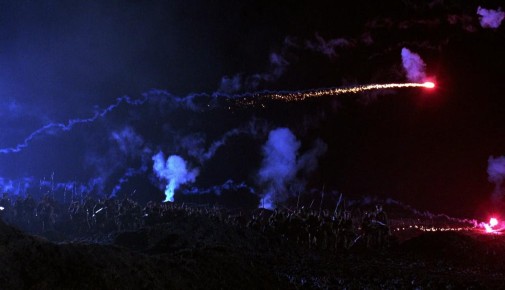
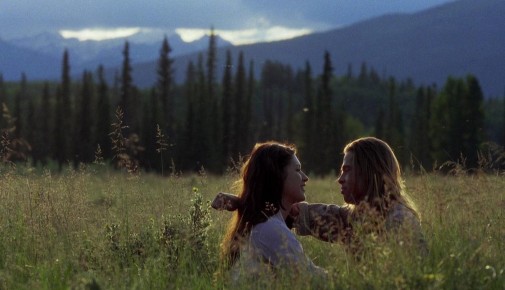
LEGENDS OF THE FALL (1994)
Cinematography by John Toll
Unabashedly romantic, it's pretty as a postcard and infused with a sense of nostalgia that would be tastelessly cloying if it weren't so technically perfect. Its many magic hour shots are gorgeous if a bit overused.
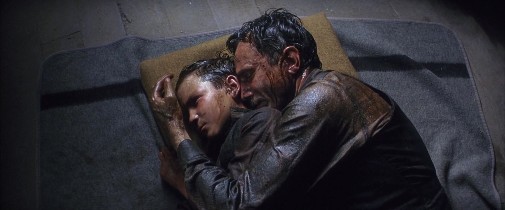
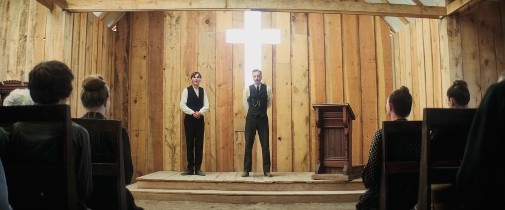
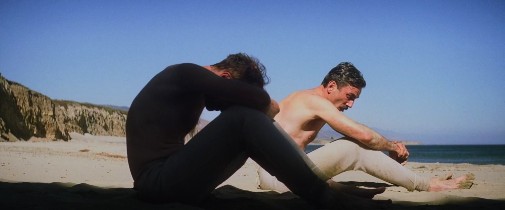
THERE WILL BE BLOOD (2007)
Cinematography by Robert Elswit
Stark, blaring white light and oily shadows construct a world that feels as familiar as it does alien. Western iconography mutated into a nightmare. Still, I'd have given that Oscar to one of the two Roger Deakins-lensed westerns that were also among the cinematography nominees.
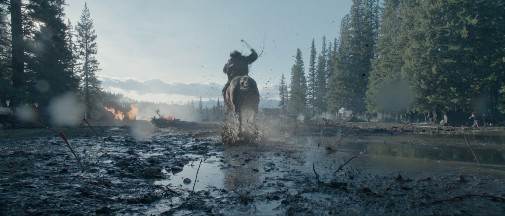
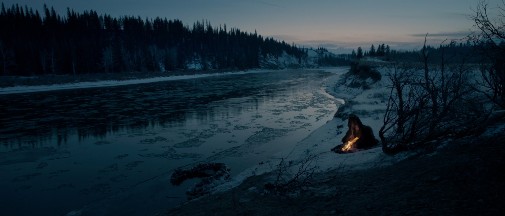
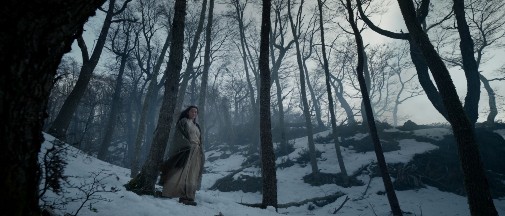
THE REVENANT (2015)
Cinematography by Emmanuel Lubezki
Lubezki's camera flies so freely it feels unbound by physical reality. While aiming for a grueling immersive quality, The Revenant is photographically ethereal.
It's unlikely that the traditional western of this year's competition will follow the steps of such victorious artists. However, the work's still worth appraising.
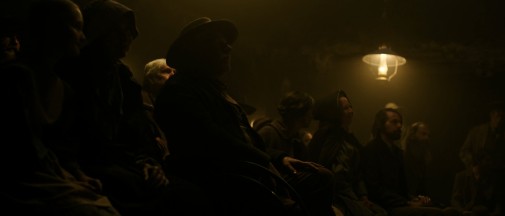
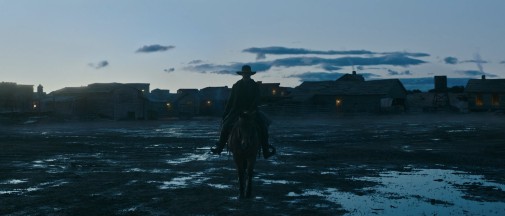
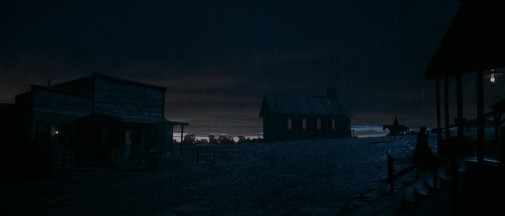
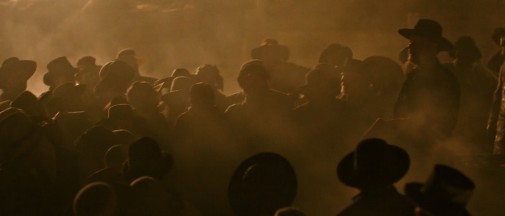
Paul Greengrass' directorial isn't the sort that immediately screams western. His tendency towards shaky, nervous camerawork and chaotic editing evoke astringent realism and propulsive rhythms. However, they also fragment special awareness and rarely result in awe-inspiring compositions. Greengrass was aware of this and even stated he wanted News of the World to be a departure in visual style. In that sense, director of photography Dariusz Wolski had the tough job of negotiating between the demands of the film and the proclivities of the auteur, myth-making at odds with naturalism.
News of the World benefits and suffers from this push-and-pull of ideas and cinematic approaches. The compositions aren't anything to write home about, but Wolski does manage to work a stentorian gravity out of the setting. This cinematographer, who's shot many a Ridley Scott epic, knows how to capture the grandeur of the open land, the horizon's painterly lines, the smoky atmosphere of old rooms. While the central reference point for the film was the works of John Ford, Wolski came up with a palette that's more brutal reality than Technicolor dream.

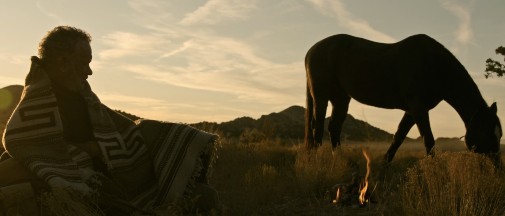
The vistas are sprawling, but they're also dusted and bleached by the unforgiving sun. The sky isn't luminous blue, but a strange metallic shade, like the reflection one might see on a shiny gun, and one can almost taste the stale tobacco smoke that accumulates in closed rooms. How Wolski and set designer David Crank differentiate each little town is especially significant. They delineate their specificity by choice of space the community selects as halls for the congregation. It's not groundbreaking work, but it feels refreshing in the context of Greengrass' oeuvre. It's also one of Wolski's best works of late and an appropriate film to earn the man his first Oscar nomination.
While News of the World is the only traditional western nominated in this year's Best Cinematography roster, another film incorporates the tradition of the American western in its imagery.

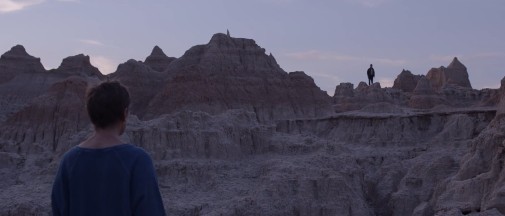
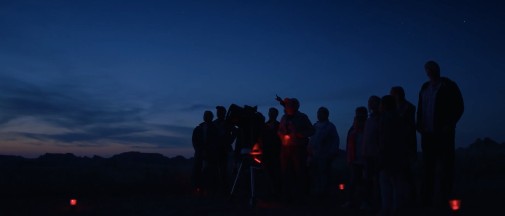
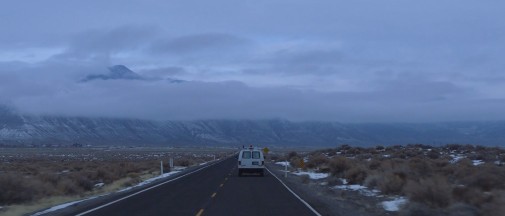
Nomadland is the frontrunner in many of the categories for which it's nominated, and Cinematography is no different. Joshua James Richards' love letter to the American west is a big part of the piece's appeal, finding beauty and joy in lives defined by necessity, destituteness, struggle. I question some of the conceptual, moral, and political ramifications of that anesthetization of poverty, but one can't deny its cinematic effectiveness. Whether shooting the Amazon warehouses as labyrinths of glowing industry or finding the subtle differences between sunlight in autumn and winter, Richards always excels.
The way director and DP find ways of melding the landscape and their human subjects is also very western-y, bounding one to the other in symbiotic harmony. Frances McDormand's Fern may not have a horse with which to traverse the plains, but her van will do just fine. There's something of the wandering hero of so many cowboy dramas in her tale, a lonesome soul making its way through a majestic land. Even the picture of the oil lamp fighting against the surrounding darkness is there. Only it's a more modern variation of the same contraption. It's beautiful to behold, haunting too.
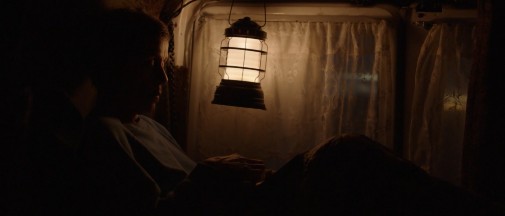
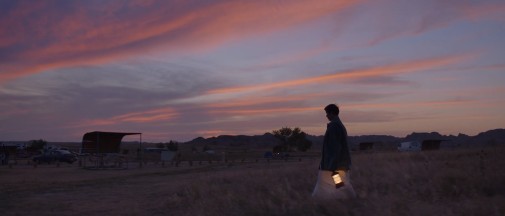
If it wins Sunday, Nomadland will be a continuation of the tradition of western cinema triumphing in the Best Cinematography category.